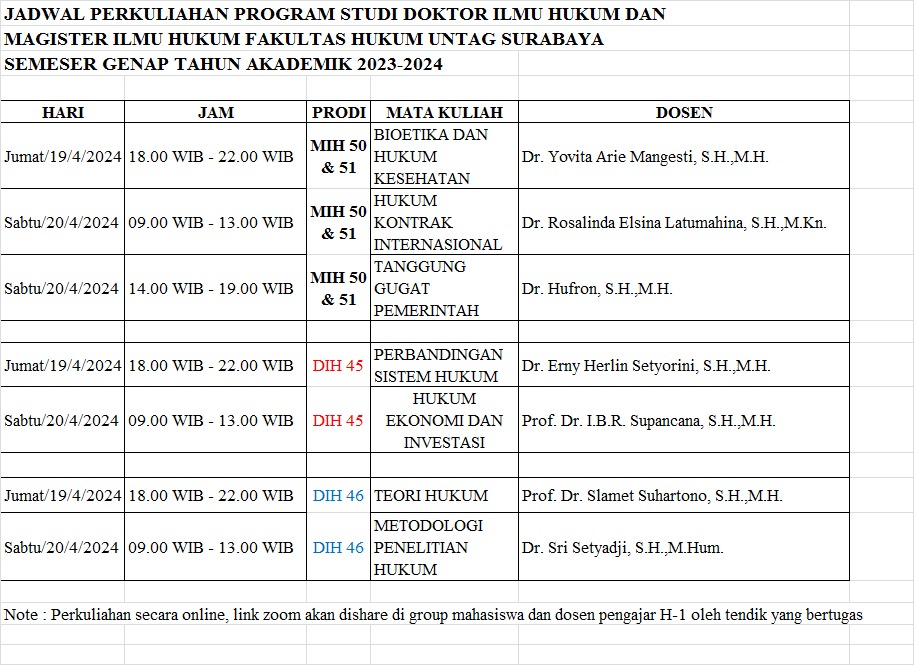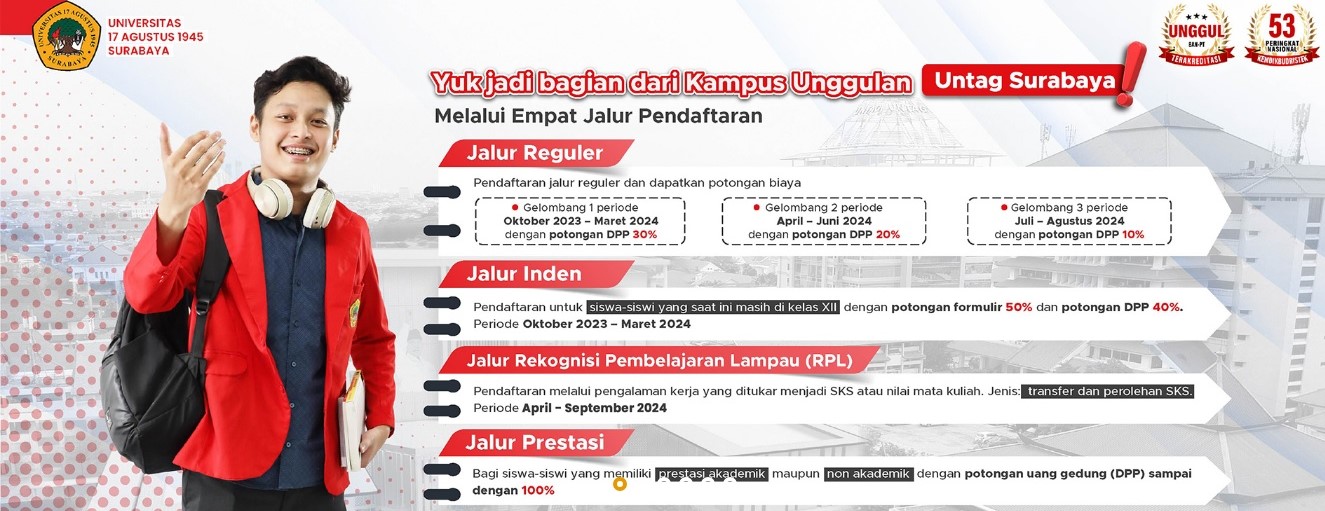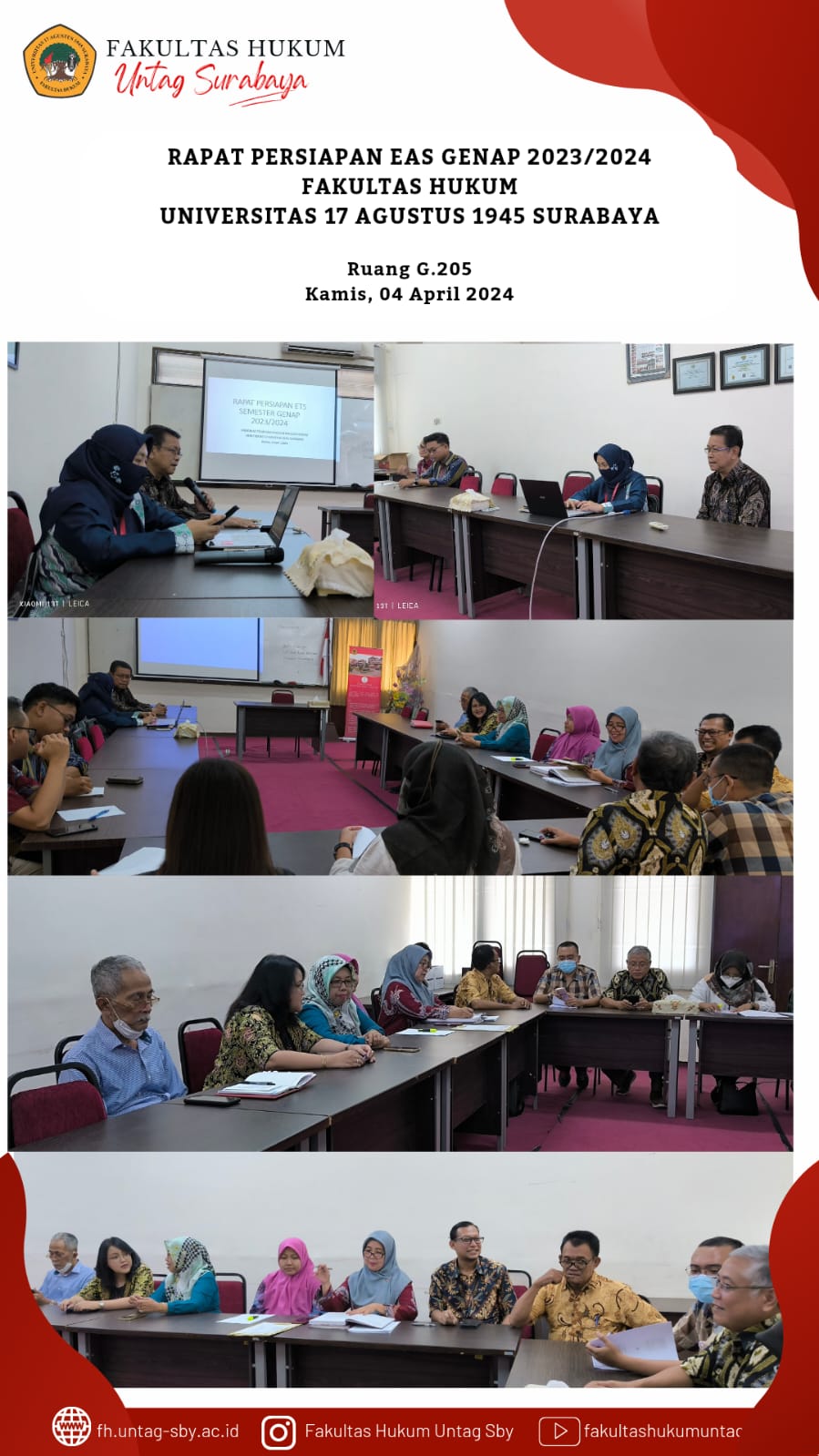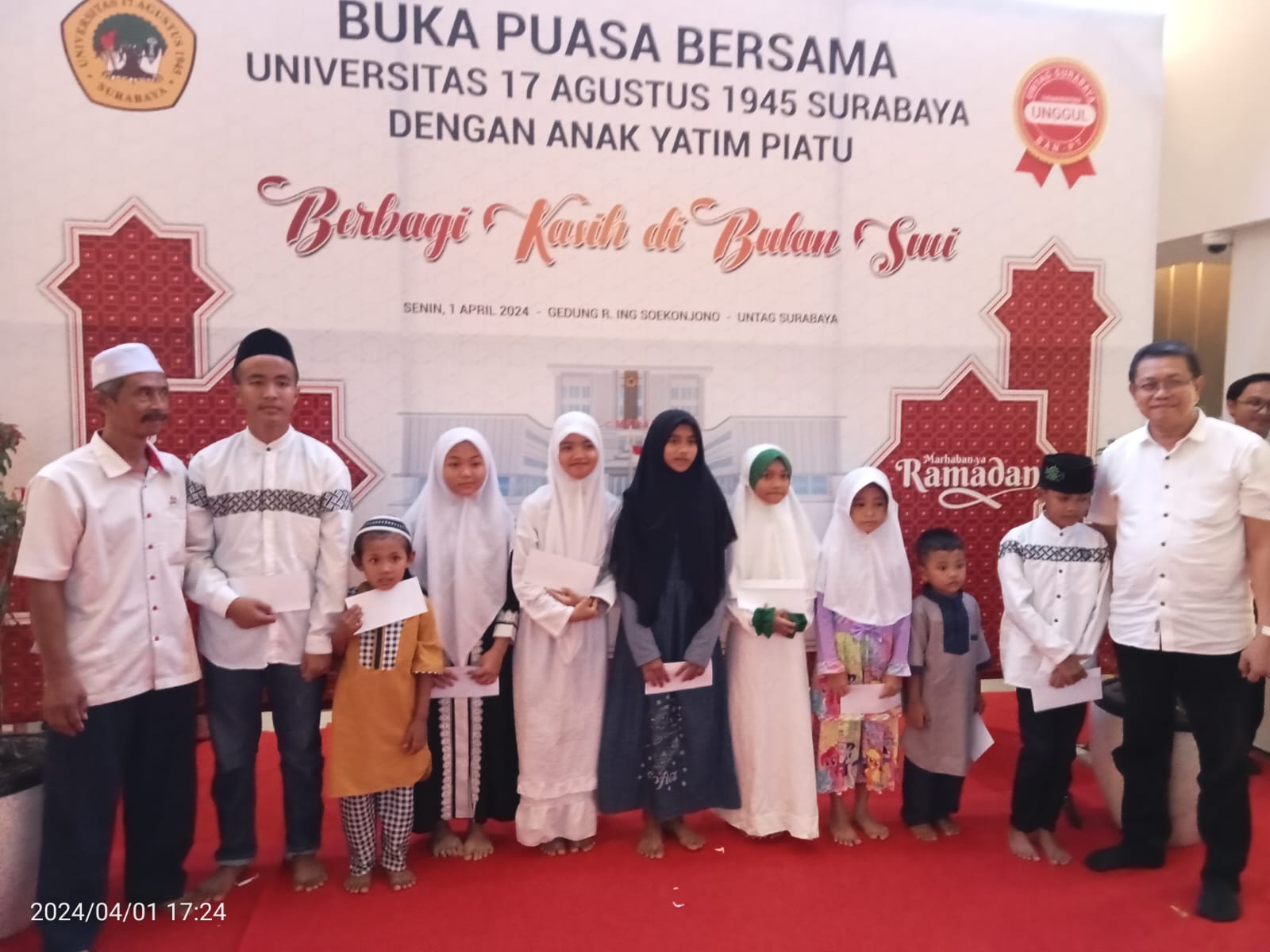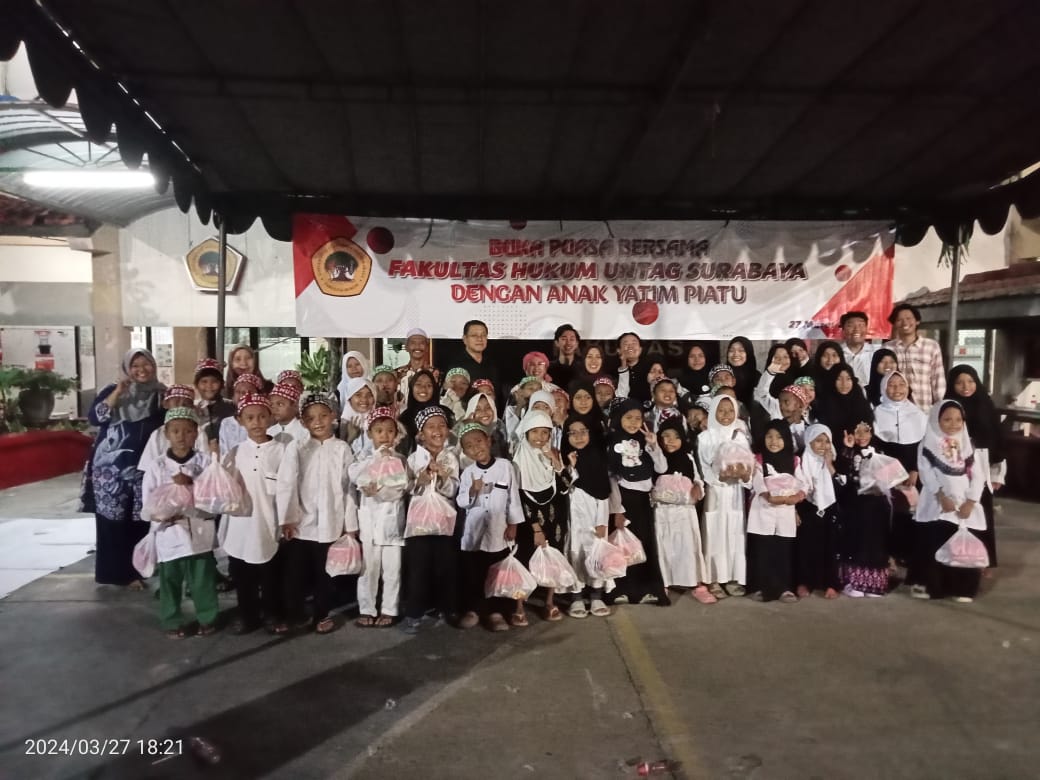
Restorative Justice Concept for Children Conflicting Laws in Children Criminal Justice System karya Erny Herlin Setyorini, Sumiyati, dan Pinto Utomo terbit di dalam Advances in Economics, Business and Management Research, Volume 121 - 2020 terindeks Scopus. Secara garis besar penelitiannya berisi The research with the theme "The Concept of Restorative Justice for Children in Conflict with the Law in the Criminal Justice System for Children" aims to understand, explain, and analyze how the concept of restorative justice is used as a basis in handling cases of children in conflict with the law. This research is a normative legal and empirical research. This research method begins with a juridical study first by reviewing the legislation related to children, namely Law Number 11 of 2012 concerning the Criminal Justice System for Children; Law Number 35 of 2014 concerning Amendment to Law Number 23 of 2002 concerning Child Protection; Law Number 4 of 1979 concerning Child Welfare, Law Number 10 of 2012 concerning the Convention on the Rights of the Child. Empirical legal research was carried out with interviews in the field, which was conducted at the Women's and Children's Protection Unit (UPPA) of the East Java Regional Police. Restorative Justice is a concept of thought that responds to the development of the criminal justice system by involving the community and victims with a mechanism that works in the existing criminal justice system. According to Article 1 number 6 of the SPPA Law, Restorative Justice is the settlement of a criminal offense by involving perpetrators, victims, the families of the perpetrators / victims, and other related parties to jointly seek a just solution by emphasizing recovery in its original state, and not retaliation. However, in practice, diversion with restorative justice cannot be carried out maximally because it requires an agreement with the victim or the victim's family.


